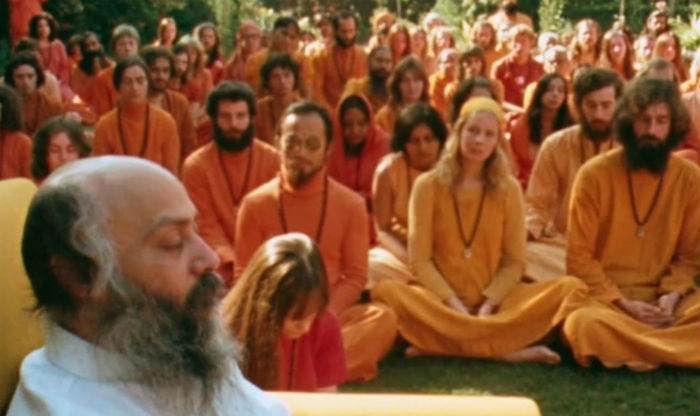
Wild Wild Country, the just released limited series on Netflix, documents the rise and fall of the thousands-strong 80’s Rajneesh (Osho) community near Antelope, Oregon.
Rajneeshees purchased 64,000 acres of land near the town of Antelope, and subsequently built and legally incorporated a massive city and agricultural endeavor in the wilderness. Their Utopian ideal, in which people could live, laugh, love, and be free, aligned perfectly with the free-love movement already happening in the West. As such, Rajneesh and his philosophy magnetized thousands of smart, hardworking people.
Rajneeshpuram, as the city was called, wasn’t an experiment in spiritual austerity. The city housed any number of Western indulgences including a gambling venue, a disco, clothing stores, and eateries. Nudity and open sexually were the norm. Almost ten thousand more Rajneeshees streamed through the town of Antelope to reach Rajneeshpuram during its annual global festival.
The conservative, god-fearing residents of nearby Antelope, previously a sleepy town of around 100 people, were initially startled, confused, and bemused by the red-clad devotees. But as their quiet lives were increasingly disrupted, and the commune’s intentions for further growth became clear, they felt something had to be done.

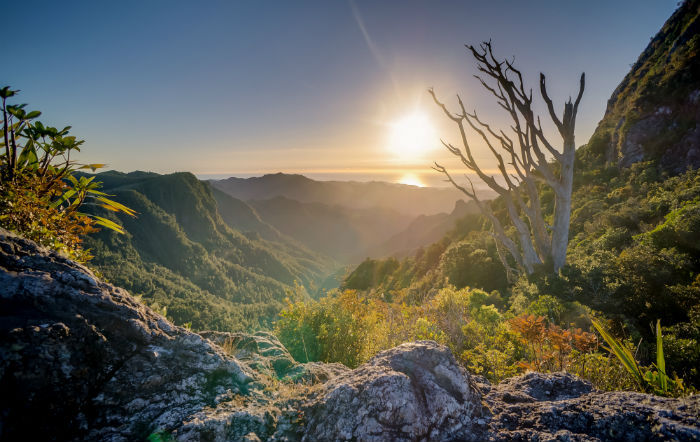
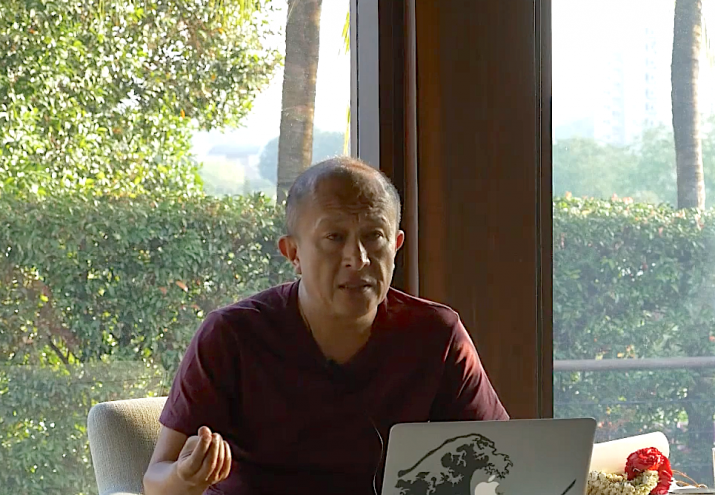


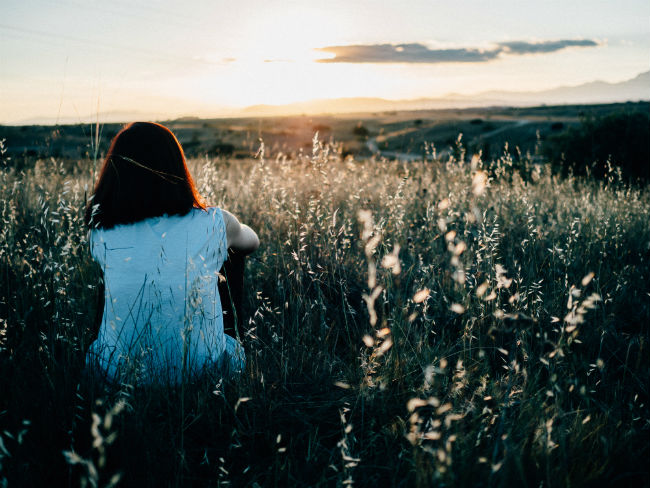
 Where are things at with the complaints against Sogyal Rinpoche?
Where are things at with the complaints against Sogyal Rinpoche? When a spiritual teacher uses extreme teaching methods like hitting, slapping, and beating or seduces a student using coercion, trauma can occur.
When a spiritual teacher uses extreme teaching methods like hitting, slapping, and beating or seduces a student using coercion, trauma can occur.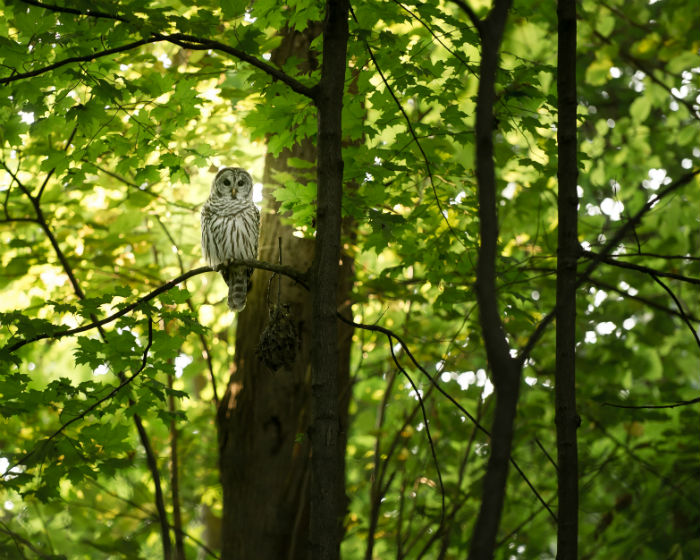 Recently published, The Life and Times of Jamyang Khyentse Chökyi Lodrö recounts many dreams and visions of this exceptional 19th-20th century Tibetan Buddhist master, including this one concerning Sogyal Lakar (Sogyal Rinpoche), who he watched over as a child.
Recently published, The Life and Times of Jamyang Khyentse Chökyi Lodrö recounts many dreams and visions of this exceptional 19th-20th century Tibetan Buddhist master, including this one concerning Sogyal Lakar (Sogyal Rinpoche), who he watched over as a child.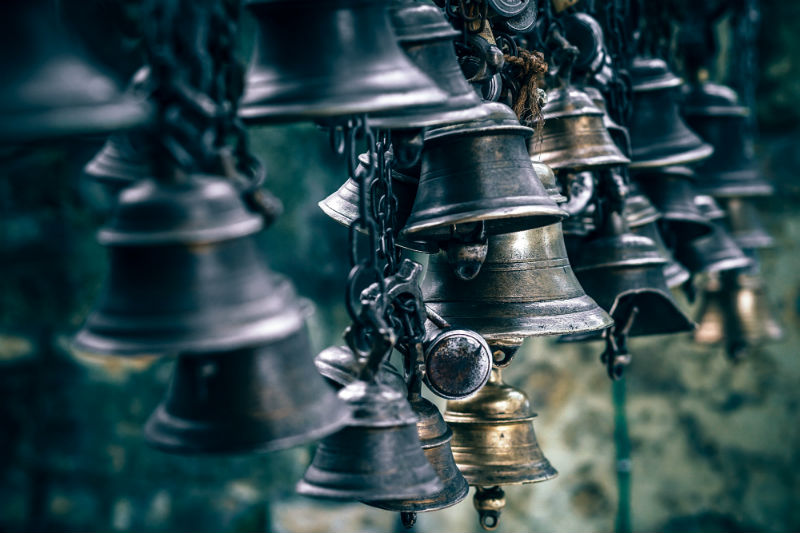 We’re so saddened to hear about Sogyal Rinpoche’s colon cancer and wish him a swift and complete recovery.
We’re so saddened to hear about Sogyal Rinpoche’s colon cancer and wish him a swift and complete recovery.